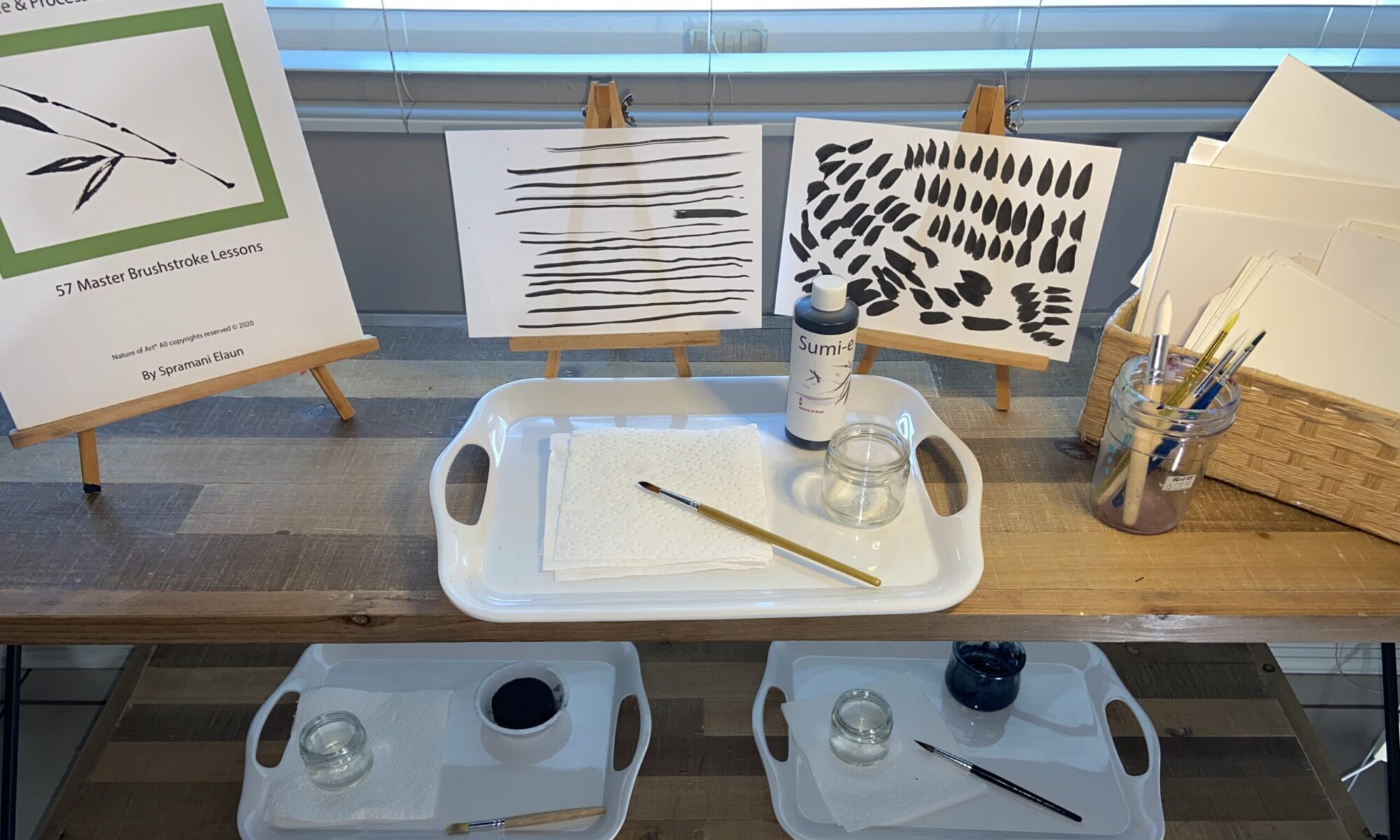
Montessori Early Childhood Art Guide
Isn’t it amazing to see the sparks fly and the little cogs in young students’ brains ignite when they start learning a new subject!? Whether it’s language, science, or the coming of the universe, introducing new subjects to early childhood students can be super exciting! Art is no different—in fact, I think it’s even more exciting! Montessori early childhood art is an essential part of a child’s intellectual and motor skills development and it should be included in early childhood students’ educations!
But for some reason, many people—including teachers—believe that young kids can’t learn art. Or that if they introduce art to early childhood students, it’s going to lead to a huge mess.
But I’m here to tell you that’s not the case!
Toddlers and early childhood students CAN learn art! You just have to know HOW exactly to teach them.

After years and years of working with and teaching children about art, I’ve discovered the way they naturally learn and comprehend the subject. It’s led me to develop my very own teaching method that engages and excites early childhood students and introduces them to art in a way that makes sense to their developing brains. It’s all in my new book, Early Childhood Art: Visual Arts Teaching Guide!

Being able to present art concepts and lessons in a way early childhood students can understand is completely key in helping them understand the different aspects of this important subject. Early Childhood Art: Visual Arts Teaching Guide gives you the foundation for teaching art and presenting successful art activities in early childhood classrooms.
Montessori Guide

Early Childhood Art Guide
Visual Arts Teaching Guide
for 13 Months – 6 Years Old
This book includes:
✅ My proprietary art teaching method
✅ The proper and complete list of art materials
✅ A guide for staging and setting up a successful art environment
✅ Tips and art lesson ideas for early childhood
✅ A convenient three-ring binder presentation
This Montessori art guide is the accumulation of more than 20 years of experience in teaching visual art to early childhood students all over the world. I’ve taught thousands of children how to paint, draw, sculpt, craft, and mix colors, all while observing how they engage in art. My success is led by my observations and real-life practice of how children in early childhood cognitively and sensorially process different art matters.

I’ve seen Montessori teachers stress out and lose confidence when it comes to art because they have no previous experience in the subject. I know how intimidating it can be to jump into something so unknown. When we surround ourselves with fine works of art, we set extremely high expectations, but the truth is, art should be fun! What’s more, early childhood students should be encouraged to explore and experiment, not be held to strict standards. Art is all about experimentation and exploring, so you don’t need to be an artist to participate or even teach it!
Download a FREE Mini Course: Child Art Phase Development
Understanding how early childhood students comprehend and learn art is the first step. If you would like to learn more how to nurture children in the visual arts, register for my FREE mini digital course, Phases of Art Development Video.
Sign-up to receive video course & Montessori art teaching e-newsletter.
The Phases of Art Development is a quick digital course that explains how art making can help students develop their creativity, fine-motor skills, and focus. More importantly, I share what types of projects students at every age are capable of completing safely, and without making a mess.
Best of all—it’s free! To sign up for the course, click here.
You’re on your way to teaching art with confidence!

All rights reserved © 2023, Nature of Art®
No part of this blog may be used or be reproduced in any manner whatsoever including reproducing, publishing, performing, and making any adaptions of the work – including translation into another foreign language without written permission except in the case of brief quotations embodied in critical articles and reviews. Nature of Art® Publishing P.O. Box 443 Solana Beach, California 92075.










